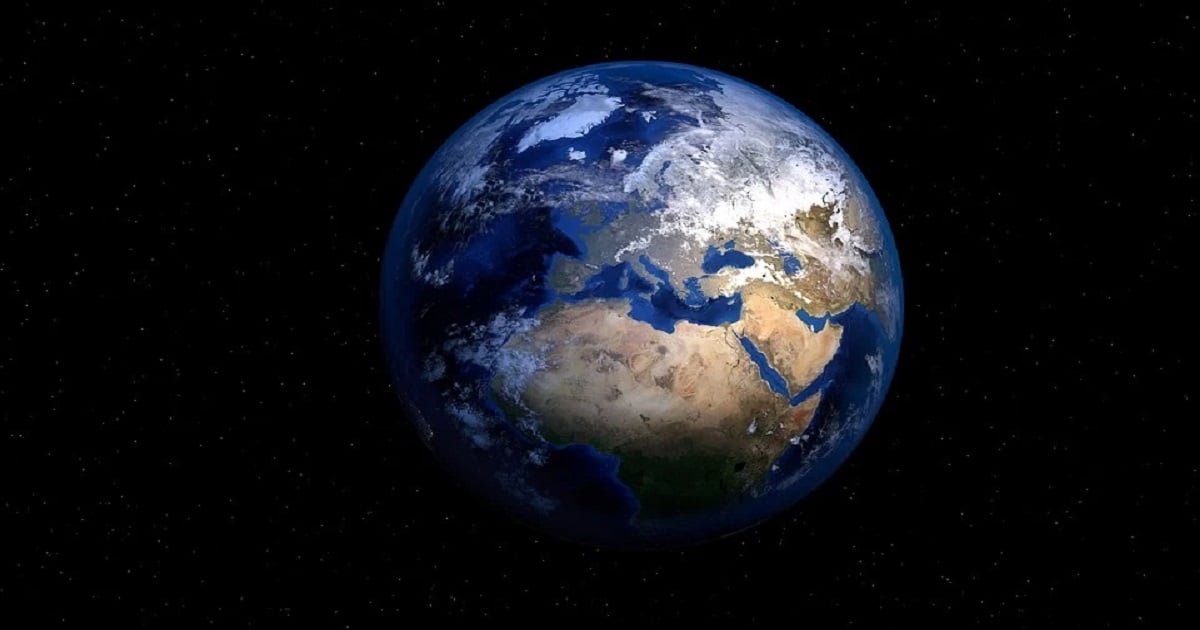Geographic Information and Remote Sensing Technology (GIRST)
Topic Information
Dear Colleagues,
Remote sensing and geographic information systems (GISs) analyses involve the use of technology to gather, manipulate, and analyze spatial data to understand a range of phenomena. Remote sensing entails obtaining information about the Earth’s surface by examining the data acquired by a device which is at a distance from the surface, most often satellites orbiting the earth and airplanes. GISs are computer-based systems that are used to capture, store, analyze, and display geographic information. These two approaches are used widely, often together, to assess natural resources and monitor environmental changes.
The “Geographic Information and Remote Sensing Technology (GIRST)” Topic invites papers on theoretical and applied issues including, but not limited to, the following:
Geographic Information:
- Geohazards and Earthquake Engineering;
- Remote Sensing Interpretation of Geological Structure;
- Detection and Information Technology;
- Geographic Information Systems;
- Global Navigation Satellite Systems;
- Satellite Navigation and Positioning;
- Surveying and Mapping;
- Computer Graphics;
- Sensor Technology.
Remote Sensing Technology:
- Theories, Techniques and Methods related to Surveying, Mapping, Navigation, and Oblique Photography;
- Remote Sensing;
- Optical Remote Sensing;
- Microwave Remote Sensing;
- Geographic Information Science;
- Remote Sensing Information Engineering;
- Space Technology and Landscape;
- Classification and Data Mining Techniques;
- Image Processing Technology;
- Hyperspectral Image Processing;
- Remote Sensing Data Fusion.
This Topic will present the results of research describing the recent advances in both the remote sensing and geographic information systems fields. This Topic will collect extended versions of the best papers presented at the GIRST2024 (2024 3rd International Conference on Geographic Information and Remote Sensing Technology (GIRST 2024)), but it is also open and invites external submissions.
Dr. Francesco Benedetto
Prof. Dr. Fabio Tosti
Topic Editors
Keywords
- remote sensing
- geographic information systems
- image processing
- artificial intelligence for GIS and remote sensing
- detection and information technology
